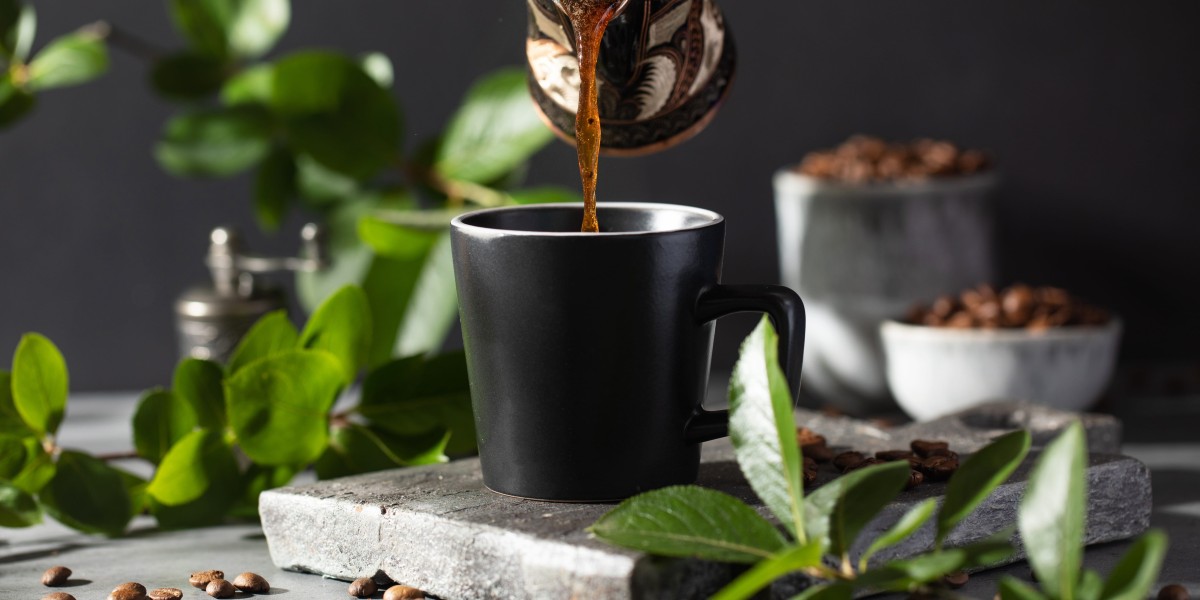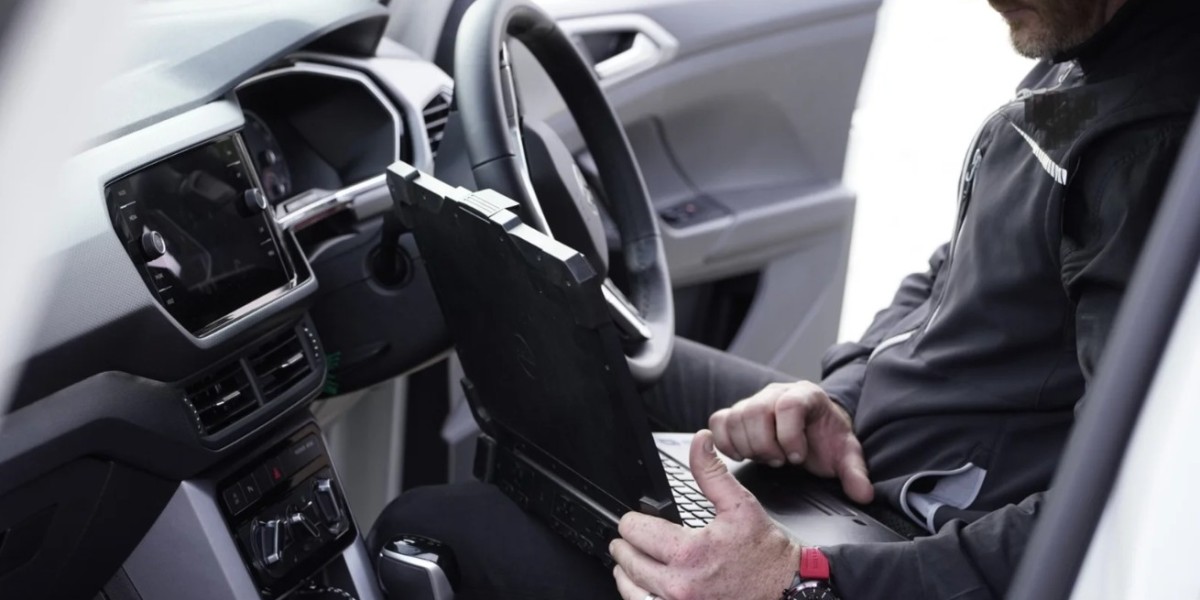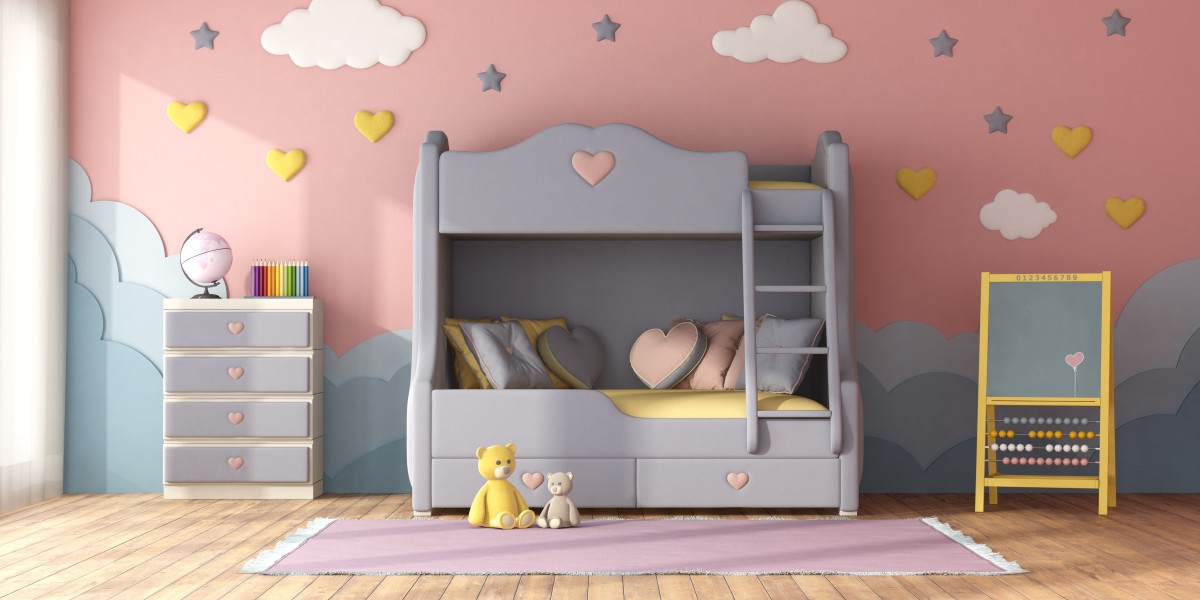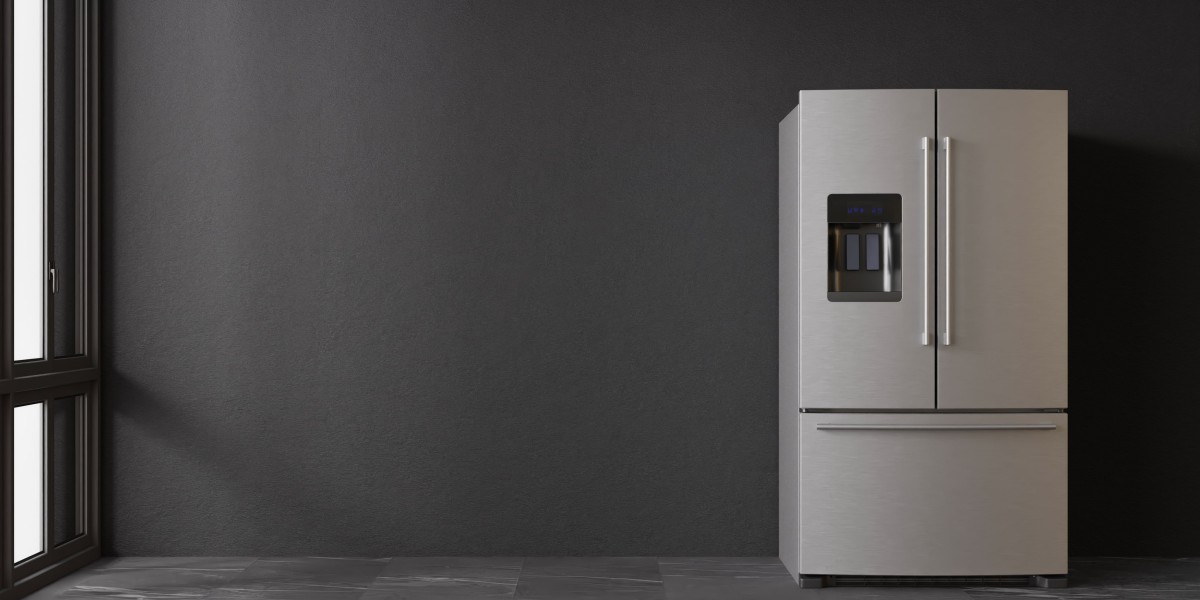 A coffee maker can help you make your own java right at home. From single-cup machines to espresso machines, they automate the process and take care of all the work.
A coffee maker can help you make your own java right at home. From single-cup machines to espresso machines, they automate the process and take care of all the work.There's a machine that will suit everyone, whether you're a coffee enthusiast or someone who likes to sleep. Learn how they work to make your perfect cup.
The Reservoir
The water is poured into a reservoir and it flows through your coffee machine. You also put your ground coffee into the portafilter, press it tightly, and switch on the machine to make a cup of coffee.
Drip coffee machines have become a standard. They're a fantastic time-saver, and are ideal for people who want their coffee ready to go as soon as they wake up. The device comes with a range of features that allow you to customize your experience, including a programmable timer and the option to use ground coffee or capsules.
Keep your reservoir clean in order to prevent the build-up of limescale. This can cause mineral deposits that can affect the taste. After each brewing cycle it is important to empty the reservoir with clean water. Fill the reservoir with warm white vinegar to get rid of vinegary smells and stains. Run a brew cycle and then dispose of the vinegar-water mixture and rinse the reservoir, portafilter, and the holster of the K-cup pod using hot water and dish soap in the sink.
The Cold-Water Tube
The cold-water pipe is responsible for bringing filter-filtered, fresh water to the heating chamber at time of the brewing. When the water reaches the heating chamber, it is then pumped to the showerhead, from where it is sprayed over the grounds of coffee. This infuses and extracts the flavor of the coffee grounds prior to pouring it into the carafe.
If you hear a clicking sound it could be an indication of a blockage in the tubing. Generally, they can be solved by cutting off a section of water line that is standard in household tubing and attaching it to the coffee machine's inlet fitting, using the appropriate adapter if necessary.
The one-way valve is located in the opening of the bucket or inside the aluminum tube. It is responsible for bringing cold water into the tubing after the reservoir has been emptied and releasing boiling hot water back into it once the tubing is ready be used. The valve may make a click sound if it is clogged with mineral deposits or dirt. Luckily, it's easy to get rid of using a small instrument or toothpick.
The Hot-Water Tube
A small aluminum tube connects the reservoir of your coffee maker to the showerhead or faucet (also known as the showerhead). When you press the button to make a coffee, the heating element is activated, and water begins to flow through the machine. The tube is lined with insulation so that the water stays hot when it moves from section to section.
When the hot water is in the reservoir, sensors turn it on and coffeee.uk off to ensure that it is at the right temperature of 195-205 degrees Fahrenheit for coffee extraction. Certain machines come with a built-in temperature probe that ensures the water always reaches the temperature that is ideal.
The water transforms into steam, which then rises through the hole in the bucket. It then passes over coarse coffee grounds, which are placed in a basket that is placed on top of machine. The heated water repeatedly soaks the grounds and extracts the flavor, before pouring into the carafe. Some models have a pre-infusion system which dries the grounds with water at low pressure before it attains full pressure, improving the extraction process.
The Faucet
Coffee machines are tiny machines that work to turn the water they drink into hot coffee. Understanding how they function will allow you to comprehend why they're so popular and why it's essential to keep them in good condition.
The coffee machine faucet is showerhead that sprays water from the hot-water tube onto coffee grounds. The water passes through a perforated plastic disc, known as the drip area, and the rate at which it falls on the grounds controls the amount of moisture released into the coffee.
Some advanced models have an integrated coffee grinder, ensuring that the beans are freshly ground prior to entering the heating chamber. You can program them to brew your coffee when you wake up so that it is ready when your alarm goes off. And they could come with a clever app that lets you select the type of drink you prefer and alter the proportions of milk and coffee to make it exactly the way you like it.
The Drip Area
The coffee machine is easy to use, however it does quite a bit to turn water into delicious cups. This section covers all the components of the machine that work.
The reservoir bucket holds the water you pour into it at the start of the cycle. A white tube goes upwards from the reservoir to the drip area. The tube's function is to transport the hot water which will be sprayed on your lawn.
The shower head follows, which takes the hot liquid that is carried by the tube and then sprays it onto your beans that you've ground. This is where the brewing process gets underway and from here the flavor of your beverage will begin to emerge. You can also alter the final result of your brew when you alter the brewing temperature and time (some coffees require longer brew times or higher temperatures in order to get their full flavor). The final product will flow through a small disc of plastic known as a drip zone and into your cup.
The Heating Element
Heating elements are found in almost every coffee maker. It is a coil of resistive cables that heats up when electricity flows through it. There is also a switch to switch the power on and off to stop the coil from getting too hot. The coffee machine has other components, such as sensors and fuses that cut the current if needed.
The aluminum water tube that carries the hot water from the reservoir to the faucet is connected on both ends to the heating element. The heating element that is resistive are sandwiched between the aluminum tube and a warming plate that is coated with white heat-conductive grease.
Drip coffee machines make one cup of coffee at a time. This is perfect for those who don't want to fill up a carafe, but simply want an simple cup of coffee. They're also good for those who do not drink a lot of coffee, or for families that have time-stamps for waking up. Espresso machines are best for those who like stronger drinks, such as cappuccinos and lattes. They use pressure to force the water through the ground, which releases the oils that give your drink its flavor.
The One-Way Valve
A one-way valve, also referred to as a check valve, allows the flow of water through it in only one direction. This valve can be found in the hole of a reservoir or the aluminum tube that transports the water under the resistive heating element. This valve keeps cold water from returning into the bucket while forcing bubbles of boiling water to upwards in the tube to the faucet.
The one-way valve can be blocked. This could happen if you use the machine for a prolonged period of time, or if mineral deposits accumulate in the valve. This could lead to the coffee maker not producing any coffee. If this happens, you should clean the valve by pouring hot tap water over it. Take off the base of the coffee maker.
Coffee machines perform a lot of clever work in order to transform a handful grounds and the water in a cup into a steaming hot cup of java. They come with a variety of advanced features that allow you to control your beverage.
The Power Cord
The power cord connects to the wall to provide the energy this machine needs to run. It is grounded, black and has a female C13 plug that can be plugged into standard US outlets. Inside the coffeemaker, you will see a special high temperature wire which goes to the thermostat control and switch for both the boiler and carafe heater. This wire is made of white glass braid or similar insulation. It is not surprising that the designer opted to arrange the wiring in a way so that heat would be kept away from the power cord.







